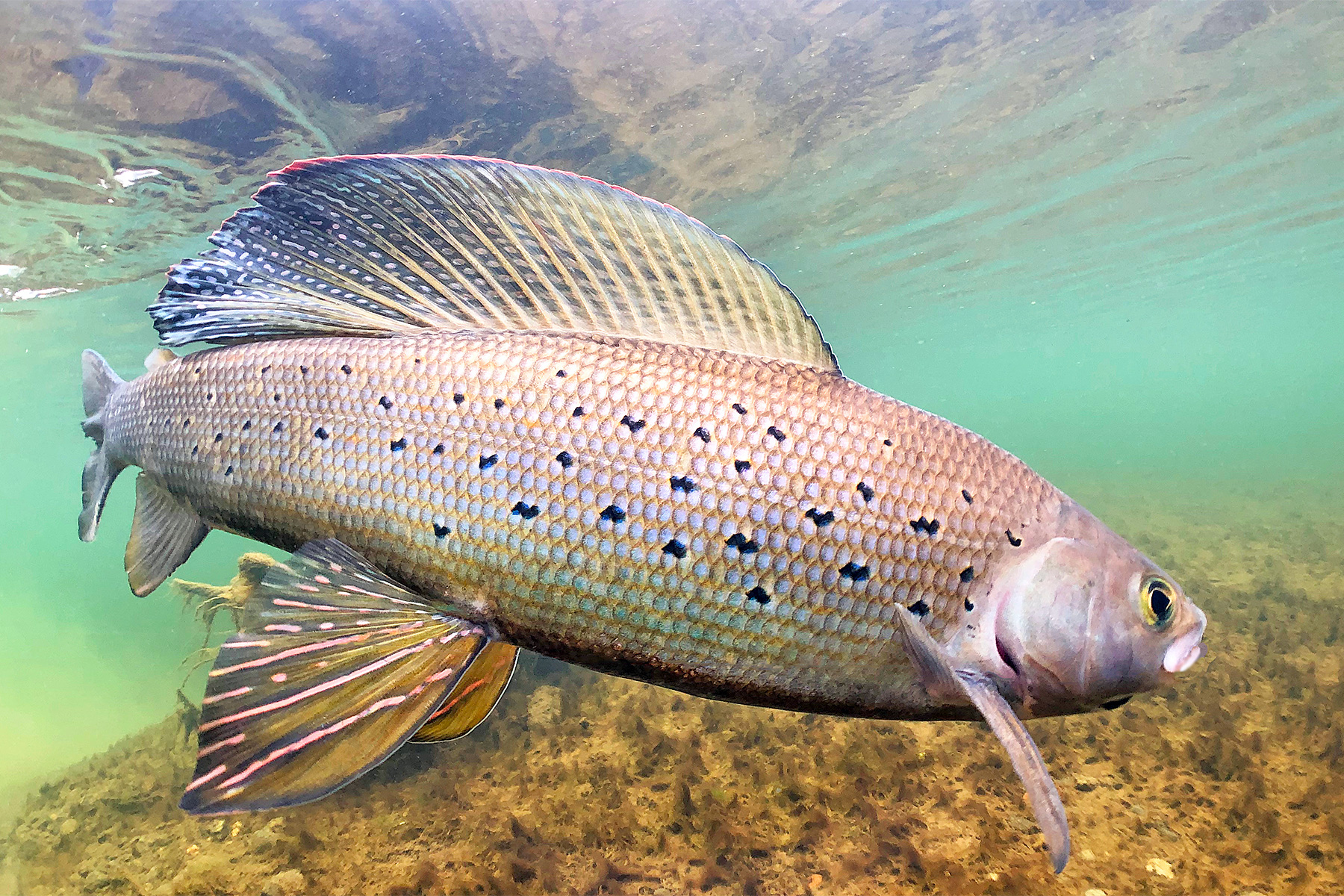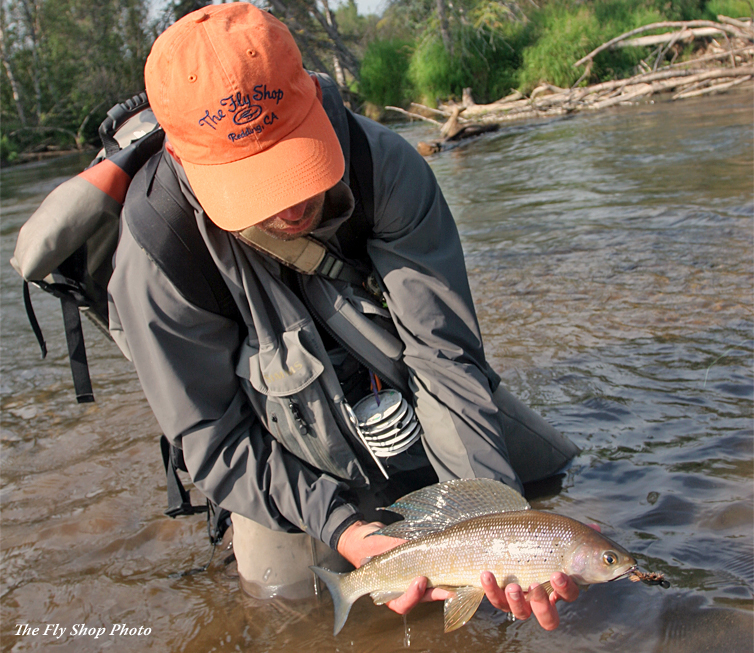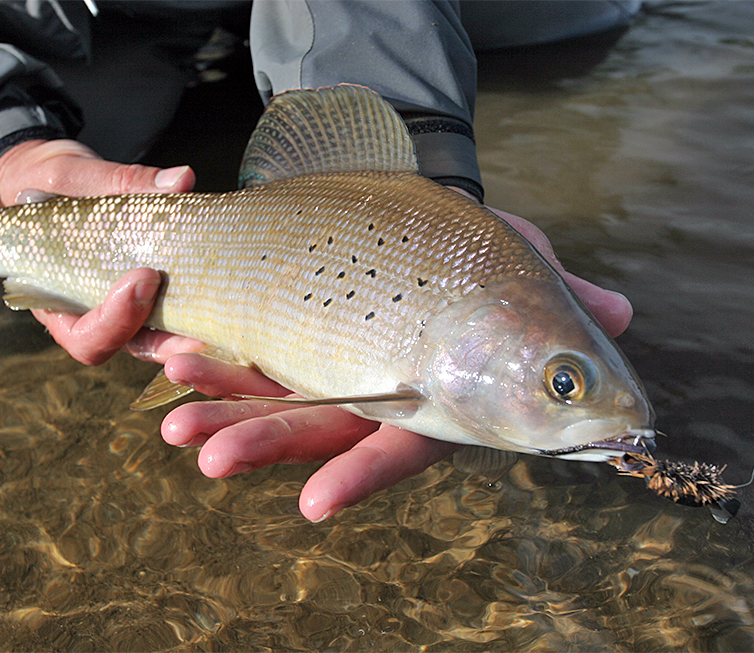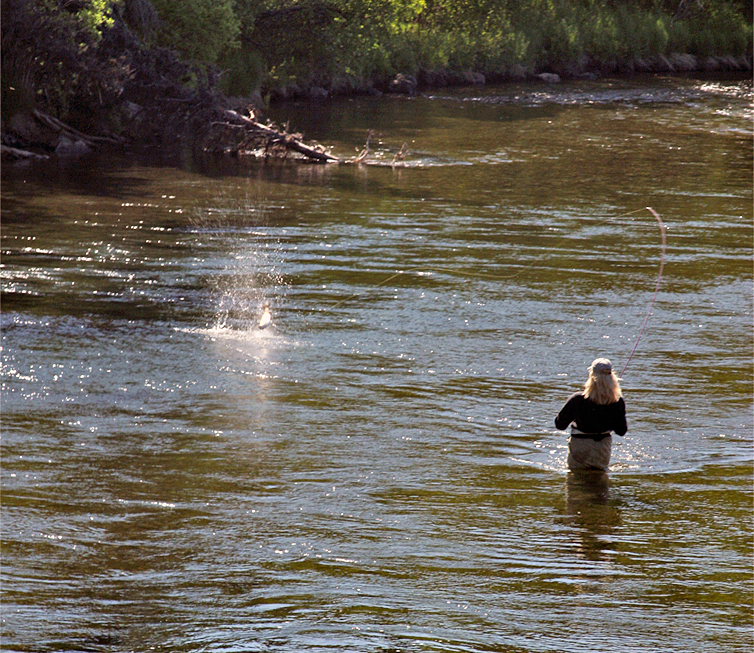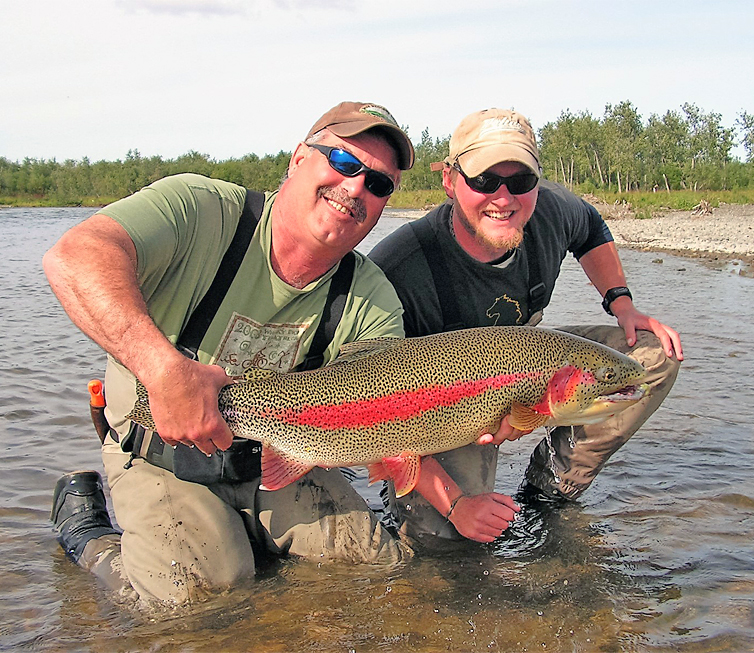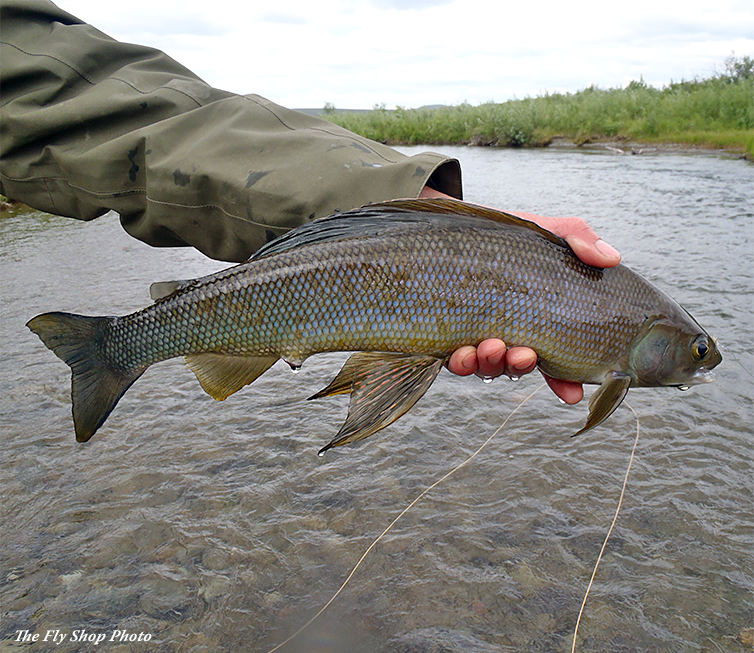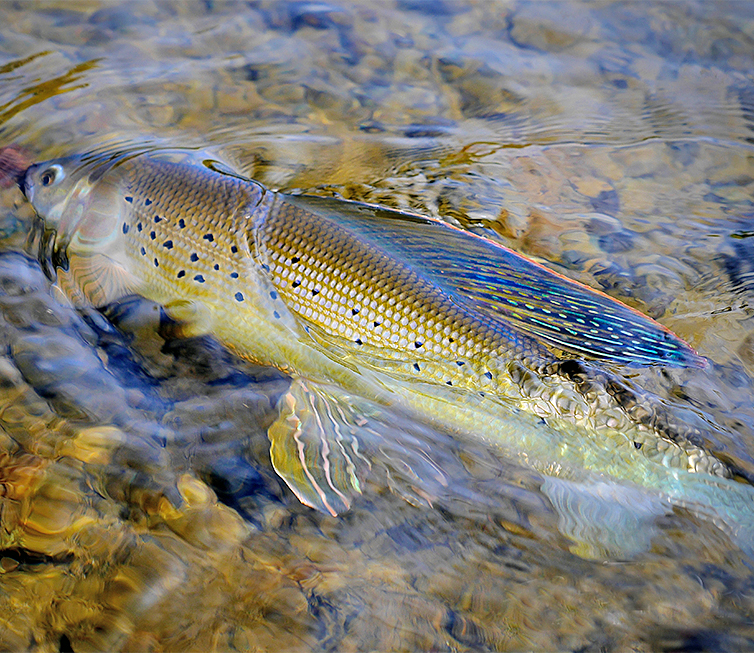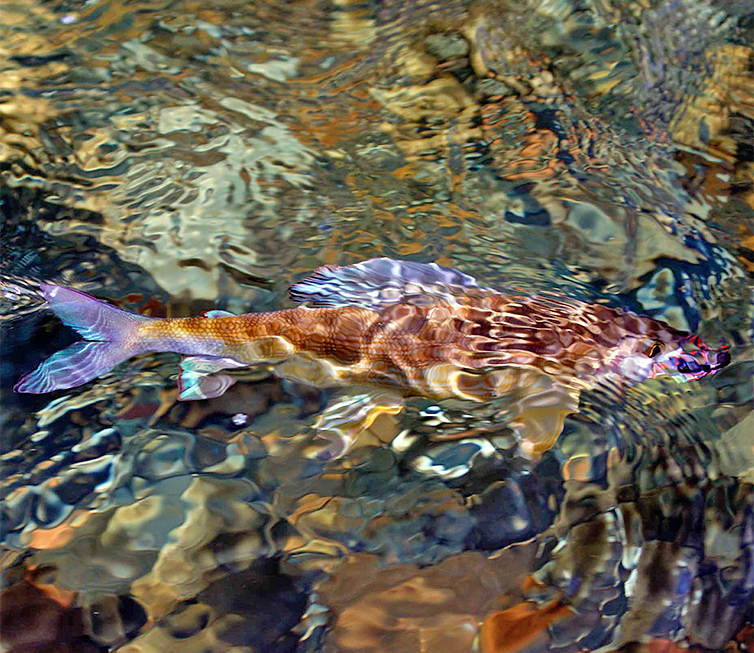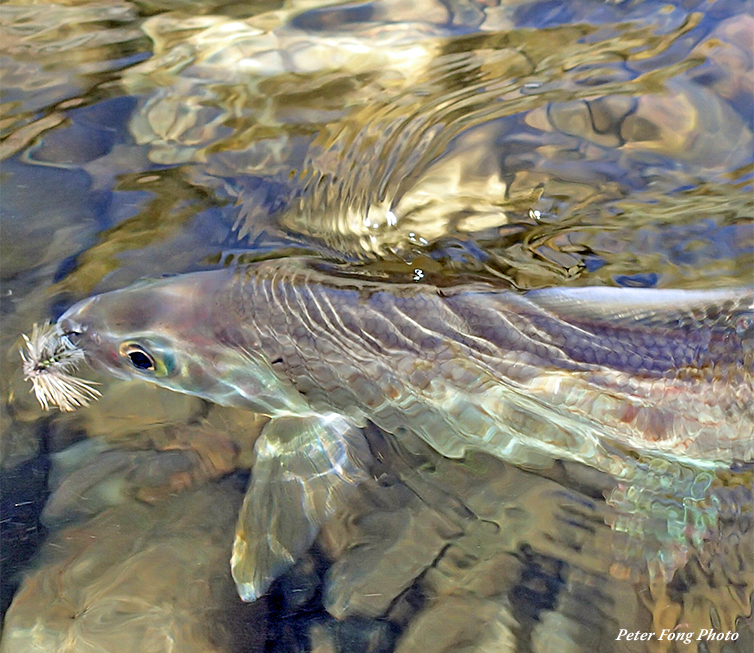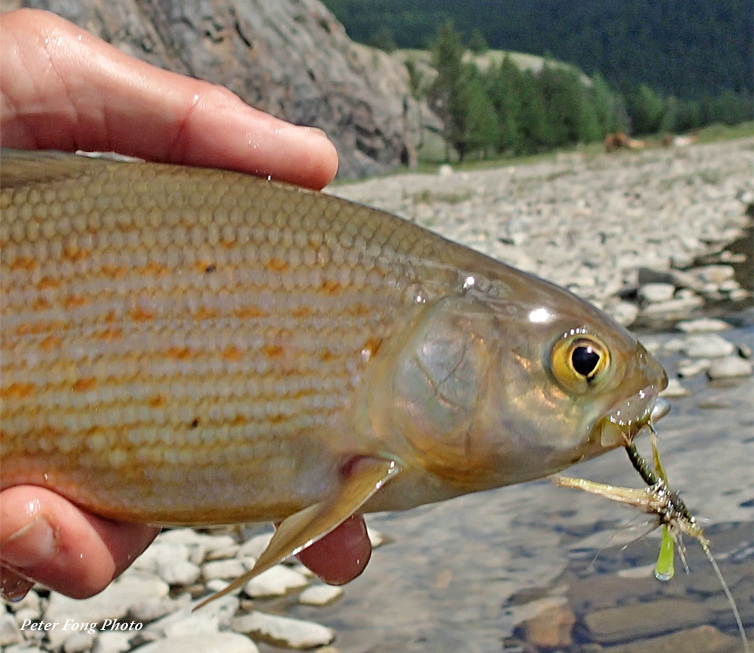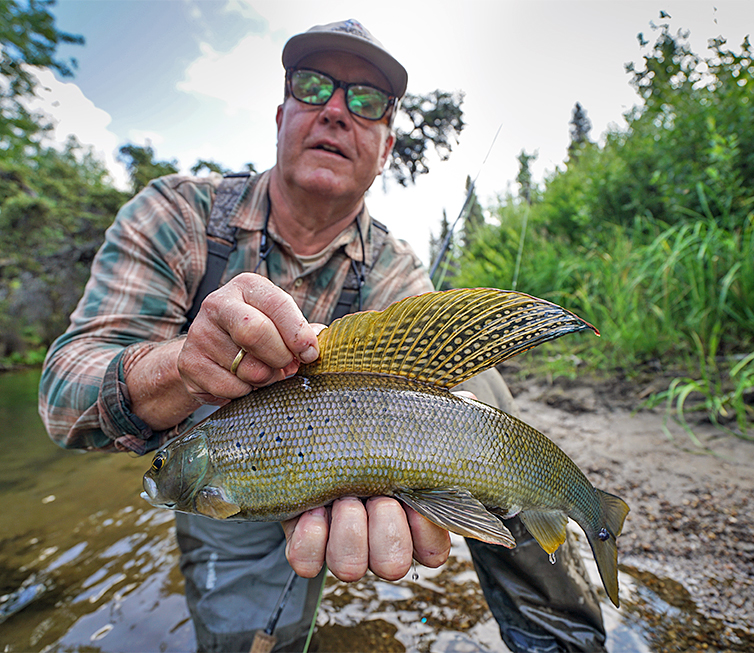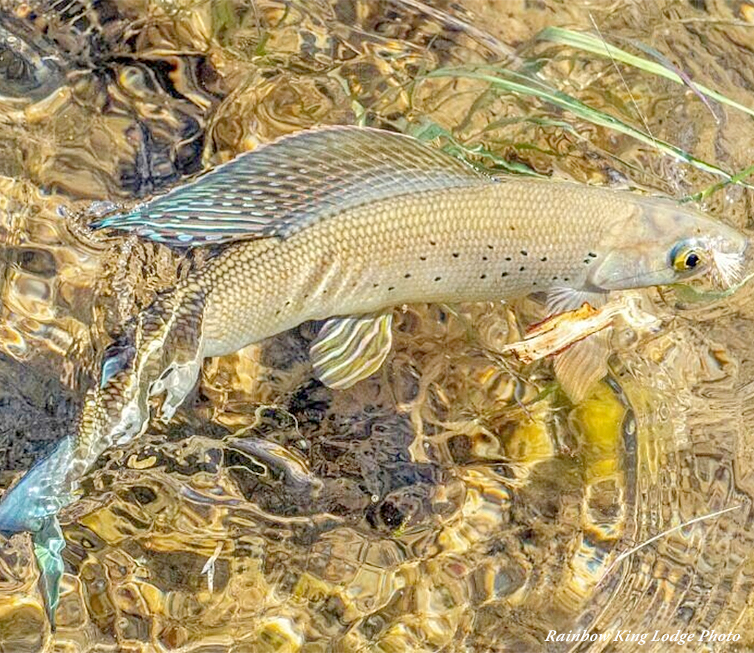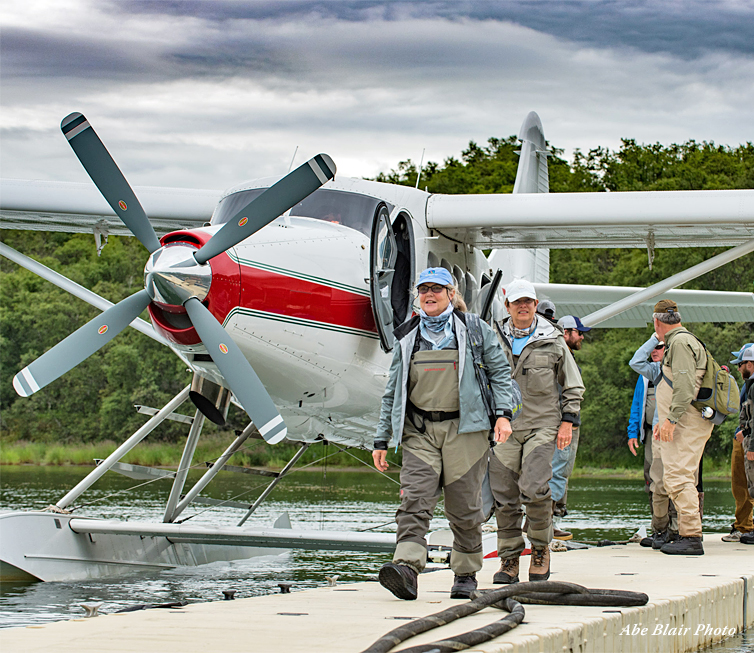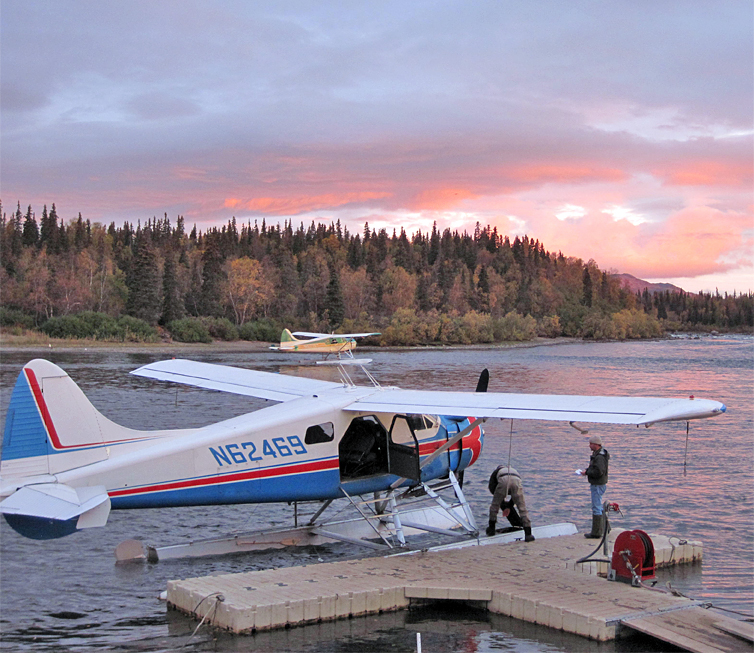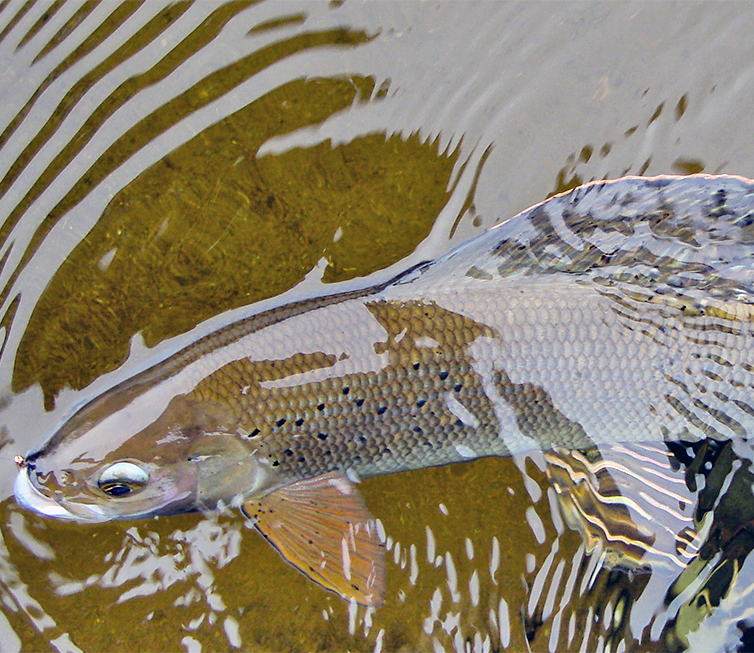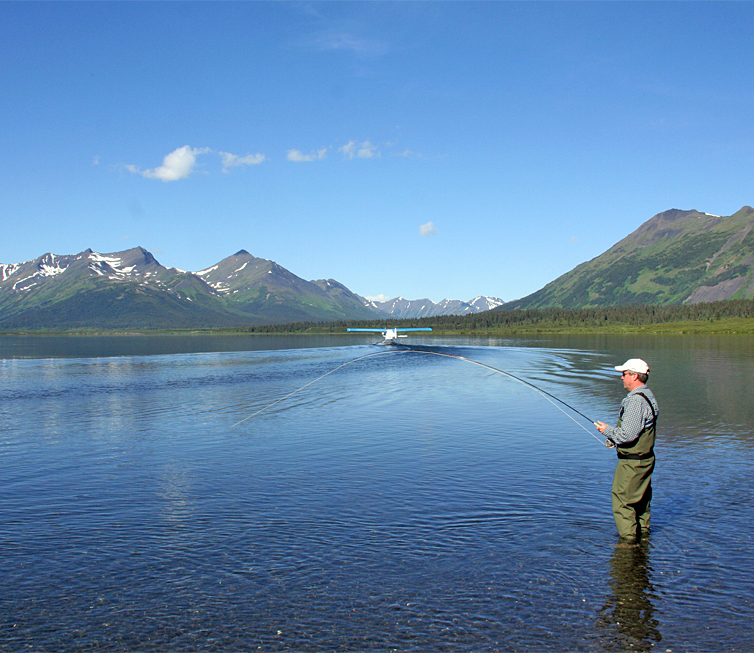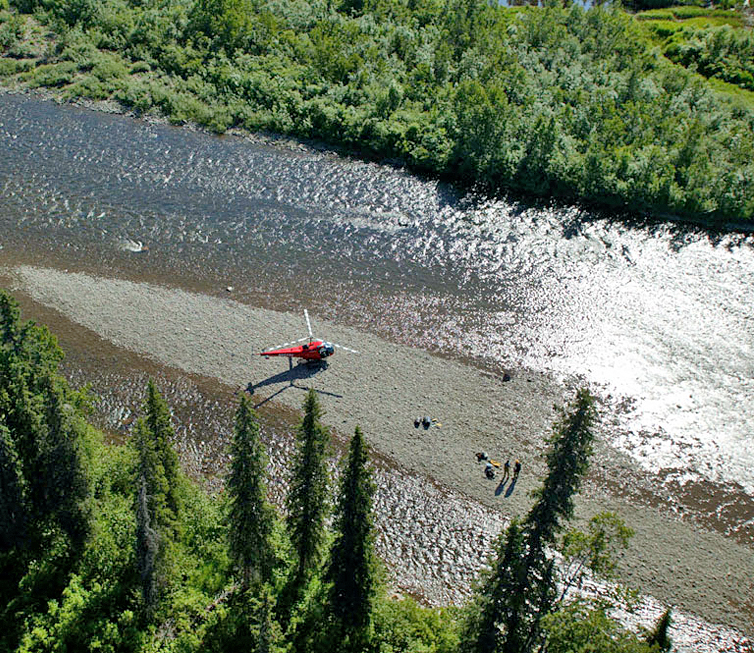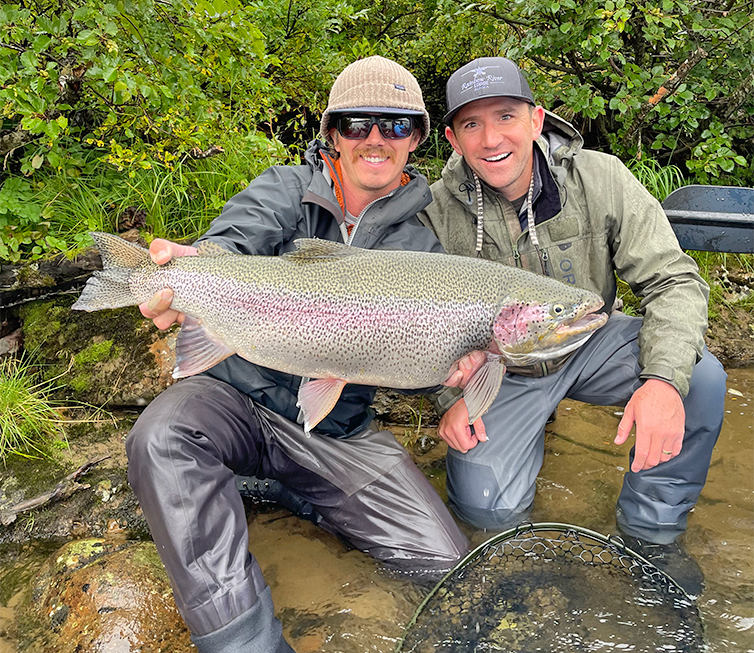The grayling (Thymallus) is a species of freshwater fish in the salmon family (family Salmonidae) of order Salmoniformes. There are six species spread across the northern hemisphere, but only the Arctic Grayling is found in North America. They range in northern regions of North America, Asia and eastern Europe; east of the Ural Mountains. The Northern part of western Europe is inhabited by the European grayling (Thymallus thymallus). There are four other species of grayling found in Russia (Siberia), China and Mongolia.
Arctic Grayling:
Arctic grayling is a Holarctic species meaning they are distributed in a circle around the arctic region of the northern hemisphere. They are widespread in Arctic ocean drainages from Hudson Bay, Canada to Alaska and in Arctic and Pacific drainages to central Alberta and British Columbia in Canada. There are remnant native populations of fluvial Arctic grayling in the upper Missouri river drainage in the Big Hole river and Red Rock basin (“Montana Arctic grayling”). Fluvial Arctic grayling have been reestablished in the upper Ruby river, a tributary of the Beaverhead river. The native range formerly extended south into the Great Lakes basin in Michigan. They occur naturally in the Arctic ocean basin in Siberia from the Ob to Yenisei drainages and in European Russia in some tributaries of the Pechora river.
Arctic grayling (Thymallus arcticus). Arctic grayling grow to a maximum recorded length of 76 cm (30 in) and a maximum recorded weight of 3.8 kg (8.4 lb). Of typical thymalline appearance, the Arctic grayling is distinguished from the similar grayling (T. thymallus) by the absence of dorsal and anal spines and by the presence of a larger number of soft rays in these fins. There is a dark midlateral band between the pectoral and pelvic fins, and the flanks may possess a pink iridescence. Arctic Grayling in Alaska have been documented living 30+ years.
Mongolian Grayling:
Mongolian Grayling (Thymallus brevirostris Kessler) are found in the great lakes basin area of Western Mongolia and Southern Russia. They inhabit only a small area compared to Arctic and European Grayling.
